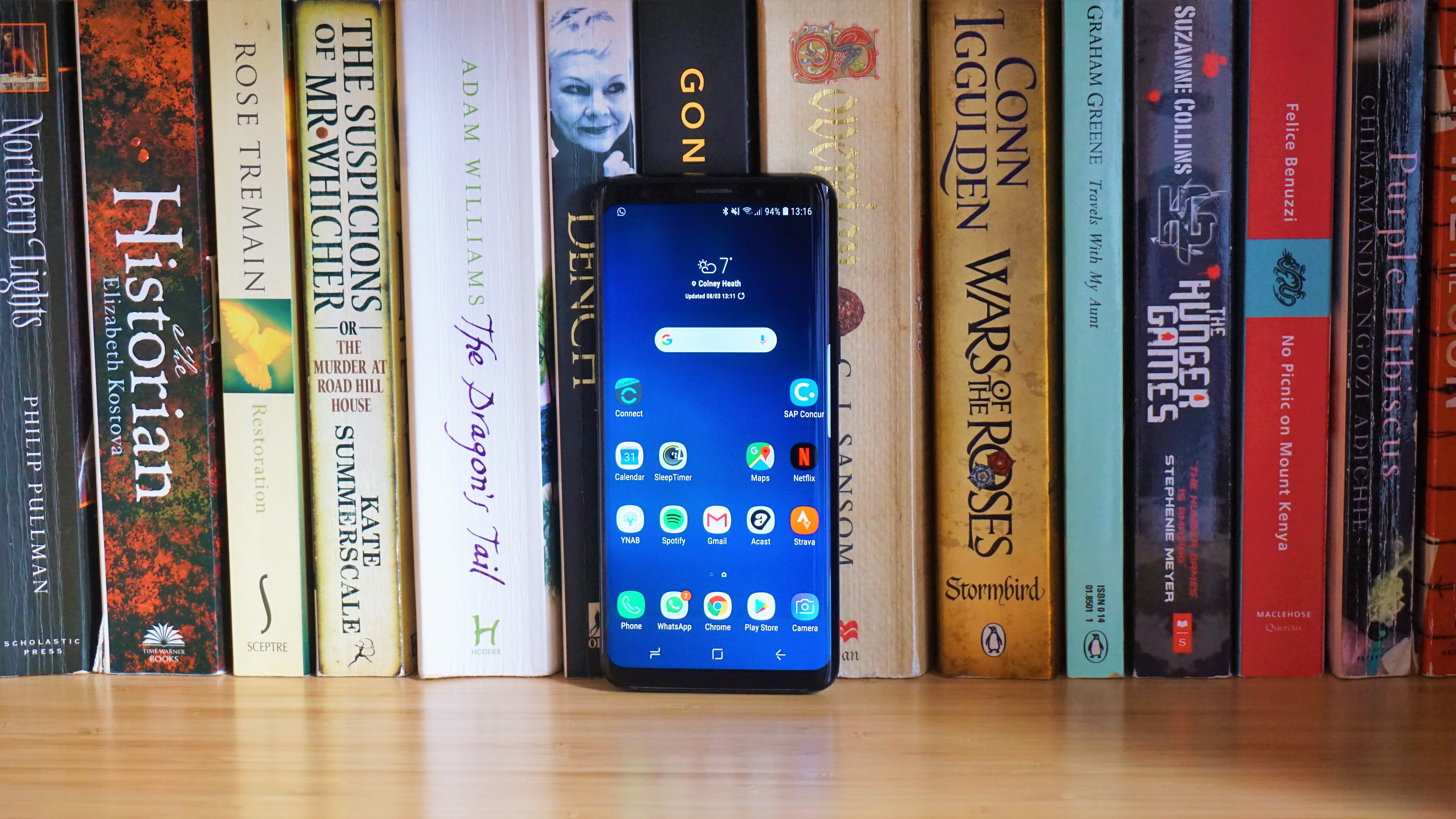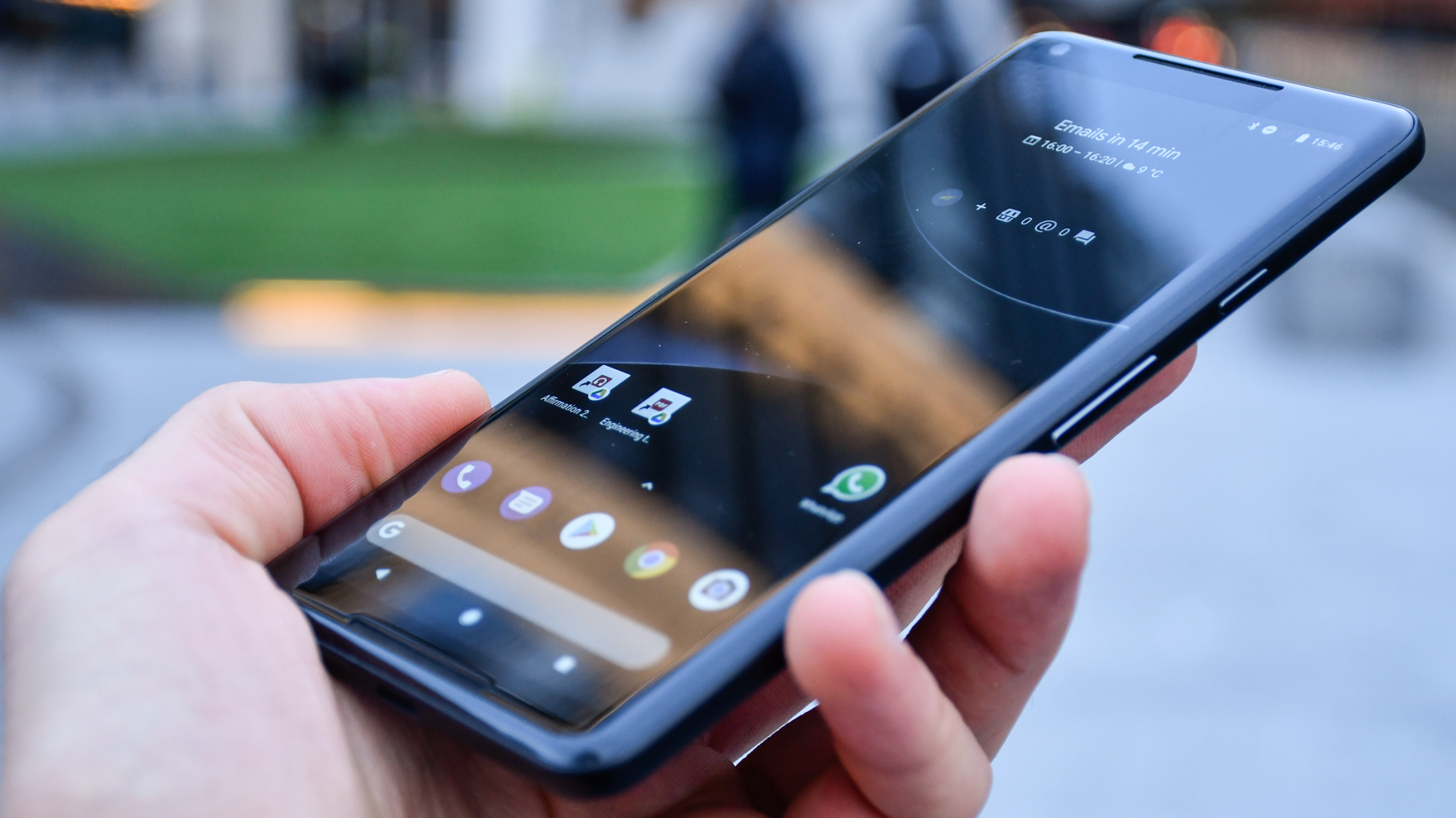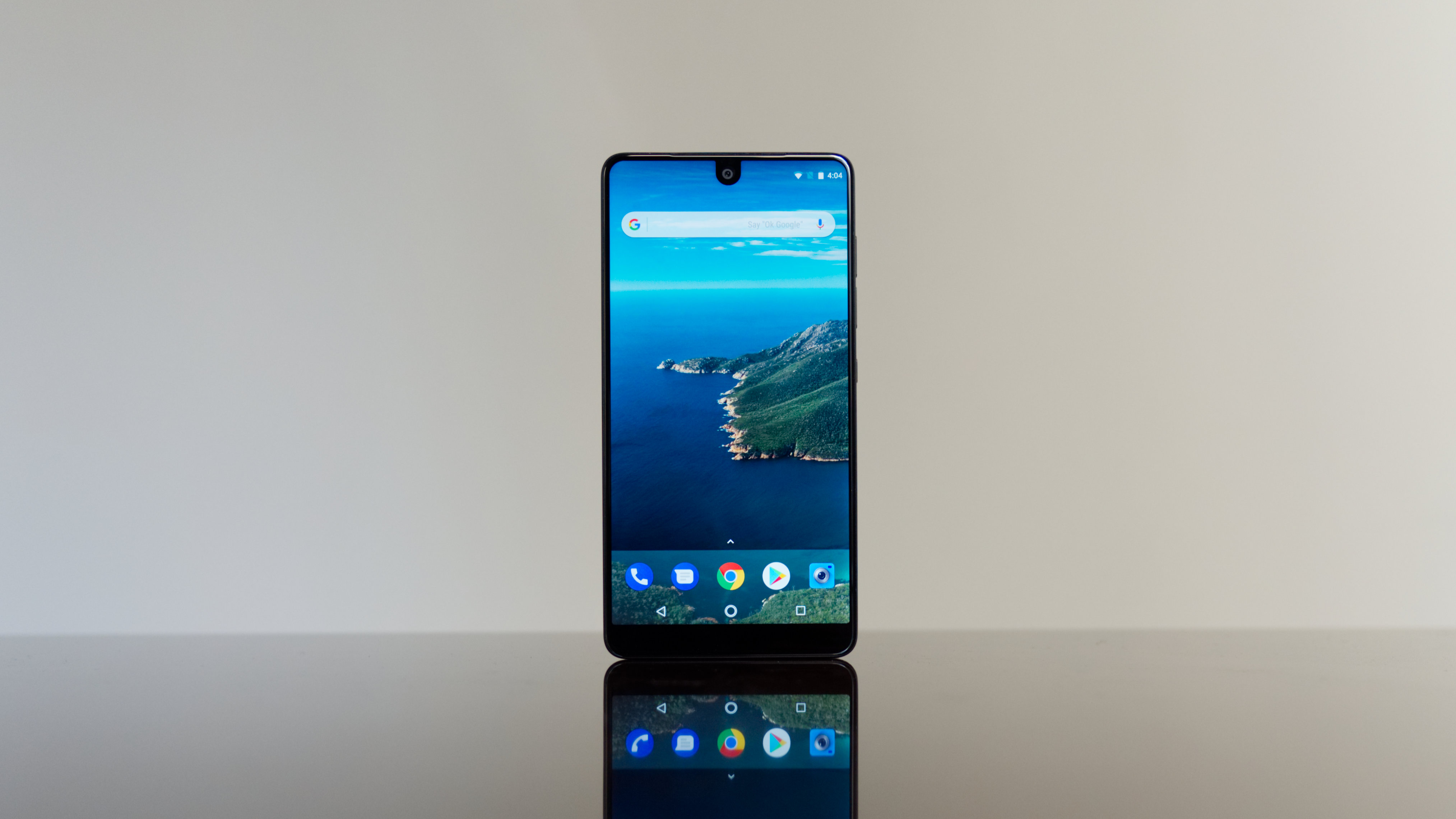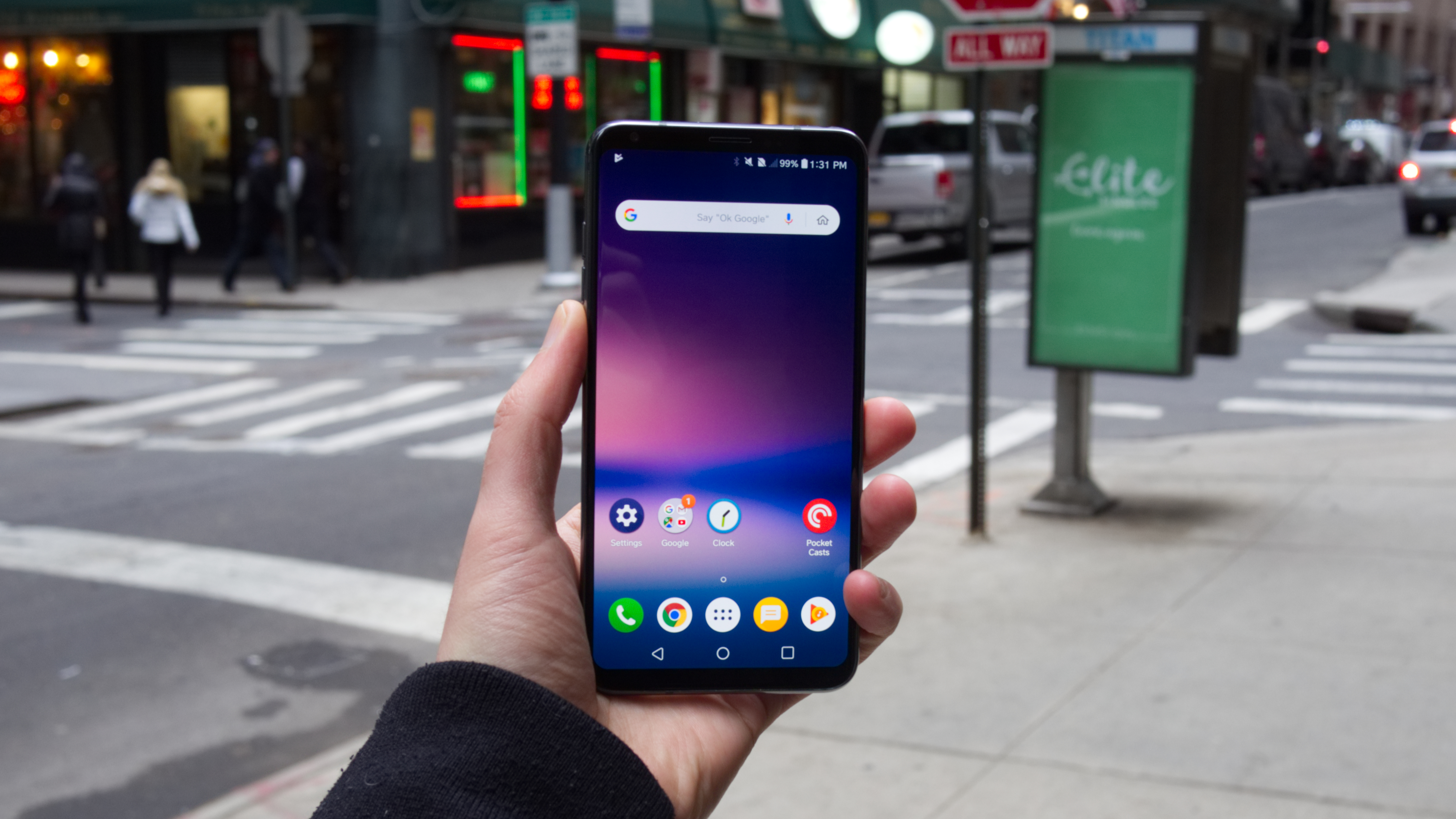Why you can trust TechRadar
The LG V30S ThinQ is a mixed message, to say the least. It’s possible that this phone is acting to set the stage for the LG G7, what with its smart camera additions. But if so, it’s almost as if LG is hoping that you’ll buy a whole new phone to beta test it.
But since LG has shared that the V30S ThinQ’s marquee features are coming to the 2017 V30, what’s the purpose for its existence? Barring a few hardware differences, it’s no different – not different enough for the V-series that prides itself of change and innovations.
Who's this for?
Those who don't currently own the LG V30 and are interested in a phone that is jam-packed with features. LG's third V-series phone is a work that has aged nicely, even in possibly the most cutthroat year in the market.
The V30S ThinQ improves on the formula in small increments, all found under the glass, that make this phone technically better even if the improvements aren't always perceptible.
Should you buy it?
Unless money is of no concern to you, then no.
Despite its improvements to its hardware and software, it's releasing at a time when phones with better specs, or ones that simply outperform it in tasks like photography, are becoming more widely available, and often at a lower cost than LG typically charges.
If you're an LG loyalist, you'll find much to enjoy here, but if you're insistent on buying into last year's Snapdragon 835 chipset, you won't be missing out on much by snagging the likely-to-be-cheaper LG V30 instead.
More to that point, aside from having Android Oreo ahead of some V30 phones, the V30S ThinQ's fancy AI camera features are said to be timed exclusives, coming to the V30 in time.
Simply put, the V30S ThinQ isn’t the best way to spend your money. So long as it exists in the same world as the Google Pixel 2 (a far better camera), the Samsung Galaxy S9 (a faster, more efficient chipset), or even the Essential Phone (more or less matches the spec at a far cheaper price), your cash is better spent on a smartphone that truly is an upgrade, not just one in name.
First reviewed: March 2018
Not convinced this phone is for you? Check out these instead:

LG V30
The most obvious competitor is LG's V30, which is still one of the best Android phones that you can invest in. When we reviewed it, we were impressed – and still are – with its full suite of features, including a headphone jack, Quad DAC, waterproofing, Google Daydream compatibility...the list goes on.
You can find every one of its good assets present in the V30S ThinQ, though LG is short on reasons as to why its latest is a smart purchase over last year's still-excellent V30. As such, so are we. The V30 is the better buy, since it, too, is lacking in current spec like the Snapdragon 845. So, why pay more?
- Read our LG V30 review

Samsung Galaxy S9
Currently, it's the flagship with the most, well, everything. No other brand comes closer to LG's keen ability to pack phones with features than Samsung. The S9 is the company's best phone yet, amping up its photography in a big way.
Adding its fancy Snapdragon 845 into the mix along with legacy features like a headphone jack, and you'll see that the V30S ThinQ has had most of its thunder stripped away.
- Read our Samsung Galaxy S9 review

Google Pixel 2 XL
Rumored to be a chip off the LG V30 block, the Google Pixel 2 XL rocks a similar look on its front and is stocked with similar hardware, too, running a Snapdragon 835 and 4GB of RAM.
The V30S ThinQ outruns the Pixel 2 XL in some major ways, like with its headphone jack, wireless charging, and its plethora of camera features. But it's no match against the Pixel 2 XL's photography prowess, which is industry leading.
Both can be had for around the same price, so the decision comes down to which features mean the most to your day-to-day use.
- Read our Google Pixel 2 XL review

Essential Phone
If you're hungry for features, the V30S ThinQ blows the Essential Phone clearly out of the way. MicroSD support lets you extend the storage and the 3.5mm headphone jack with Quad DAC make LG's latest more of a media-friendly device.
In defense of the Essential Phone, it's markedly cheaper at as low as $449 in the US, complete with Android Oreo 8.1, the same Snapdragon 835 chipset and 4GB RAM count, a futuristic notch (if that's your thing), and a solid 128GB of internal storage out of the box. The decision between these two should just come down to how much you're willing to spend on a phone.
- Read our Essential Phone review
Cameron is a writer at The Verge, focused on reviews, deals coverage, and news. He wrote for magazines and websites such as The Verge, TechRadar, Practical Photoshop, Polygon, Eater and Al Bawaba.

